Even the most over-the-top dog lovers may occasionally find it necessary to establish “dog free” zones on their property.
Maybe you maintain a garden full of delicate plants, or maybe you are just sick of the neighbor’s dog pooping in your yard. Maybe you have young children who are afraid of dogs, or maybe you just need to keep your dog from drinking the water in your koi pond.
Fences are likely the best solution to these types of problems, but they aren’t always feasible, appropriate, or visually appealing. So, some people try to use plants that reportedly repel dogs.
But do some plants really work in this capacity? We’ll dive into the issue below.
Dog Repellant Plants: Do They Really Exist?
Ostensibly, the reason that some plants repel dogs relates to their unpleasant smell. These plants smell so bad, the thinking goes, that dogs are simply compelled to avoid them.
There is some logic to this line of thought.
After all, dogs have an incredible sense of smell, and they probably rely much more heavily on scent-related information than humans do.
But, as anyone who’s ever spent more than 5 minutes with a dog knows, canines often appear to enjoy (or at least, not mind) smelling some of the grossest things imaginable. And they often do so from point-blank range.
Have you ever seen a dog encounter some poop during a walk? He’ll sniff it with his nose situated about half a millimeter away from the odiferous mass. Then he’ll sniff it some more. Then he’ll pee on it. Then he’ll sniff it one more time just to be sure everything is as it should be.
He’ll do the same thing if you encounter a dead animal carcass, some leftover picnic food that’s been rotting in the sun for a week or a bag of fetid garbage. And at no time will he appear distressed by these odors at all – if anything, they’ll pique his curiosity.
There are a few scents that seem offensive to dogs (we’ll discuss a few a little later), but it’s highly unlikely that a few leaves or flowers in an open-air setting are going to offend a dog’s nostrils and cause him to go elsewhere.
For that matter, we’ve found no evidence that supports the notion that smelly plants deter dogs (and we mean empirical studies, not somebody simply asserting that they repel dogs. If you’re aware of any empirical studies on the issue, please share a link in the comments!).

What Are Some of the Most Common Plants Believed to Repel Dogs?
A few of the plants most commonly recommended for their dog-repelling abilities are discussed below.
- Marigolds (Tagetes spp.) — Marigolds are cute little orange or yellow flowers that are said to repel everything from dogs and cats to deer and rabbits. But unfortunately, while they may repel some invertebrates (they actually attract others), they don’t appear effective at repelling any mammals. Deer and rabbits don’t seem to eat them, but they don’t appear to have a true repellent effect.
- Lavender (Lavandula spp.) – Humans love the smell of lavender so much that we use it to alter the scents of everything from garbage bags to air fresheners. But it doesn’t appear to repel dogs or cats well at all. Lavender may repel invertebrates, but it’s probably not going to help you keep furballs out of your garden.
- Curry Plant (Helichrysum italicum) — Curry plant is a small shrubby plant with tiny yellow flowers. It is named for its strong odor, which is said to be reminiscent of the spice of the same name. Nevertheless, it doesn’t appear to have much of an effect on dogs at all.
- Rue (Ruta graveolens) — Rue is said to repel dogs and cats because of its odor, but few seem to mind it much at all. In fact, it is wise to use care when planting or handling rue, as it can cause burn-like blisters on the skin, as well as a host of gastrointestinal symptoms if ingested.
- Scaredy Cat Plant (Plectranthus caninus) — Typically recommended as a cat repellent, the scaredy cat plant is also said to repel dogs. But once again, there is no evidence that backs this assertion, and it doesn’t appear to work in this manner. Oddly, it is said to smell somewhat similar to marijuana.
- Pepper Plants (Capsicum spp.) – Capsicum is the active ingredient in most peppers that causes them to burn your mouth. This substance does often repel dogs (it’s used in the best dog repellent sprays, for example), but it’s unlikely that the actual plants will deter dogs in an open-air environment.
There are dozens of others that appear in gardening magazines and similar sources, so we can’t discuss them all. Nevertheless, none appear to work reliably in the desired context.
That doesn’t mean they aren’t worth trying, but I wouldn’t get your hopes up.
What About Plants with More Aggressive Defenses?
Some sources recommend using cacti and other thorny plants to repel dogs.
These very well may work; dogs don’t like to get poked with sharp stuff. But they may also cause serious injuries. A dog who gets a thorn in his eye or face is going to suffer through a lot of pain and need veterinary attention.
For that matter, you are probably more likely to be injured by thorny plants while tending your garden than dogs would. For example, a standard-issue blackberry thorn probably wouldn’t poke through a thick layer of fur, but it’ll pierce your skin easily.
So, it’s wise to avoid using thorny plants to keep curious dogs out of your yard or garden.
Are There Any Plants That May Help Repel Dogs?
As you can see, there aren’t any plants that deter dogs from peeing or repel them the way you may want them to. You likely won’t be able to keep a dog out of your garden with dog-repellant plants alone!
However, there are a few plants that may still prove useful in some contexts.
For example, you may be able to use super-dense plants to form a “living fence.” Small holly shrubs (Ilex spp.) are essentially impenetrable, and many forms also bear pointy leaves, which may provide a bit of additional deterrent value without representing a serious safety hazard.
Boxwoods (Buxus microphylla japonica) and burning bushes (Euonymus alatus) are two other dense shrubs that may also work in similar ways.
You may also be able to use pampas grass (Cortaderia selloana) or other dense, ornamental grasses to block a dog’s path. A few tree species – such as arborvitaes (Thuja occidentalis) and junipers (Juniperus spp.) — would also work in a similar way.
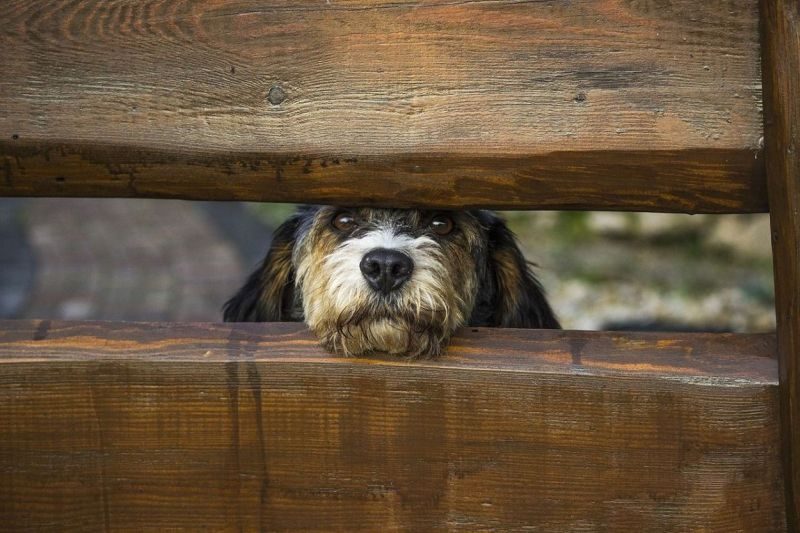
Other Dog-Proof Landscaping Ideas and Strategies
You may be disappointed to find out that plants are rarely helpful in repelling dogs, but there are a few other things you can try that may keep four-footers out of your dog-free zones.
Standard Fences
Fencing is probably the very best technology ever been invented for keeping dogs out of a given area.
If carefully designed, tall enough, and properly installed, they can be almost 100% effective. But they can be expensive, they can make it difficult for you to access the area you’re trying to protect, and they may detract from the beauty of your yard or garden.
But, if you want a truly effective solution, fences are hard to beat. We talk a lot about dog-proof fences here if you’d like to learn more.
Keep Out Signs

Signage obviously won’t stop free-roaming dogs from entering your yard.
But they may help keep owners from letting their pet poop next to your prized tomatoes or create urine spots in your lawn.
You don’t have to use a gaudy “No Pets Allowed!” sign if you don’t want to – there are plenty of subtler signs that may fit in better with the aesthetics of your property.
If you have specific neighbors whose dogs you believe are the culprits of your garden woes, you can also simply catch them on a walk and politely ask them to not let their dog pee on your lawn. Just be nice about it!
Dog Repellent Sprays and Granules
There are a number of products available that claim to be dog repellents for lawns and gardens. Some use capsicum, while others use black pepper oil. A few even use pesticides like methyl nonyl keytone.
But unfortunately, each and every one we researched seemed to be marginally effective at best. Most flat out did not work, and a few even appeared to attract dogs and cats. Additionally, a few gardeners and homeowners who used these types of products complained that they killed their grass and plants.
Given all of this, we don’t feel comfortable recommending these products. If you do decide to use one, just be sure that you select one made with non-toxic ingredients, and it’s probably a good idea to test it out slowly to make sure it isn’t going to kill your precious plants before you spray it all over the place.
Automated Sprinklers
Automated sprinkler systems have actually proven very helpful for some homeowners. There are several such systems on the market, but we think the Orbit Yard Enforcer is likely the best one available.
The Yard Enforcer features an infrared “eye,” which watches for dogs or other animals (including humans). Once a critter is detected, it activates the sprinkler head, which squirts the trespassing animal.
This particular model will work during the day or at night. And in fact, many owners use these to keep coyotes away too!
- ULTIMATE YARD PROTECTION - Defend your yard with our powerful motion-activated sprinkler that deters...
- SENSOR-ACTIVATED YARD SECURITY SPRINKLER - The heat and motion-activated sensor detects movement up...
- DUAL-PURPOSE SPRINKLER - Our motion-activated sprinkler not only repels animals but also allows you...
- ANIMAL REPELLENT OUTDOOR - Say goodbye to expensive fences and inconvenient netting. Our...
All things considered, automated sprinklers may be the second-best option (after fencing). Most dogs will run away if surprised with a stream of water, yet it won’t cause them any harm.
Just remember to turn it off before you go out to tend your garden!
Animal Urine
Some homeowners have reportedly had success keeping dogs out of their yard by sprinkling animal urine in the appropriate places. Others haven’t had as much success, but it is a relatively affordable, easy to apply, and pet-safe option that may be worth a shot.
Bear urine is probably one of the best options, but skunk, fox, or coyote urine may also be worth trying. Wolf urine may also be a good choice.
It is worth noting that some experiments have demonstrated that predator urine can actually attract other predators, so it’s possible that bear pee may make your problems worse. You’ll just have to try it out and see what happens.
Crushed Red Pepper
We’ve seen a few people mention sprinkling crushed red pepper flakes around flower beds and garden areas to repel dogs. Dogs usually do seem to withdraw when they sniff crushed red pepper, so it may have a deterrent effect.
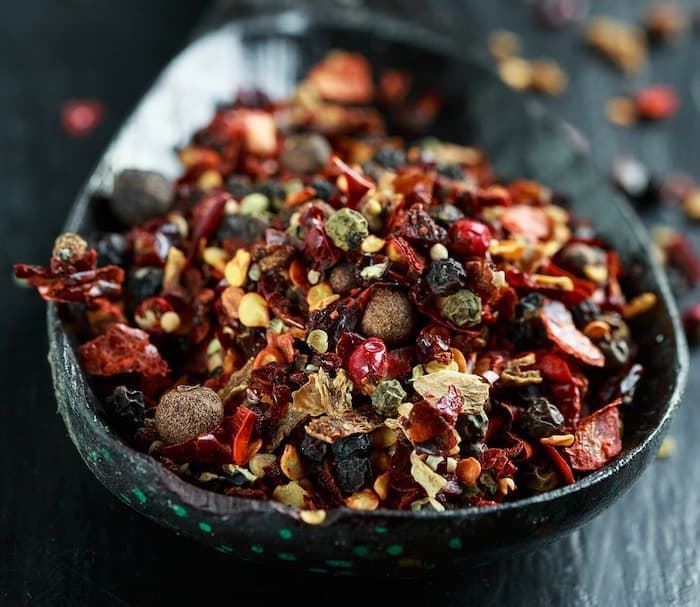
However, we’d encourage you to think carefully about using crushed red pepper. If a dog accidentally snorts up a couple of red pepper flakes, it’s probably going to make him feel rotten for a while and cause considerable burning.
We understand the desire to keep dogs out of your beautiful garden, but it’s important to do so in a way that won’t harm the offending puppers.
***
As you can see, smelly plants probably won’t keep dogs out of your yard. There’s nothing wrong with trying out some of the plants discussed earlier, but we’d warn you not to get your hopes up or spend a bunch of time and money doing so.
Fences, animal urine, automated sprinklers, and – to an extent – signage, are all likely better solutions for keeping trespassing dogs out of your yard.
Do you have any safe and effective dog repellent strategies to share? Have you had any experience with the plants or other deterrents discussed above? Let us know in the comments!
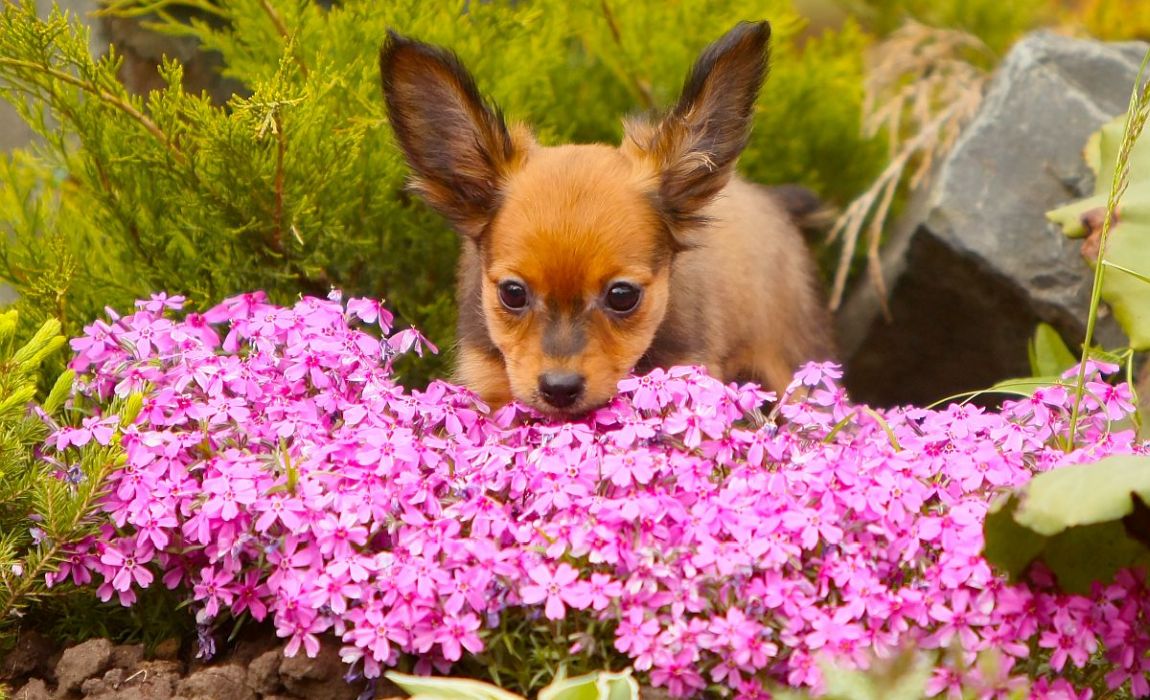


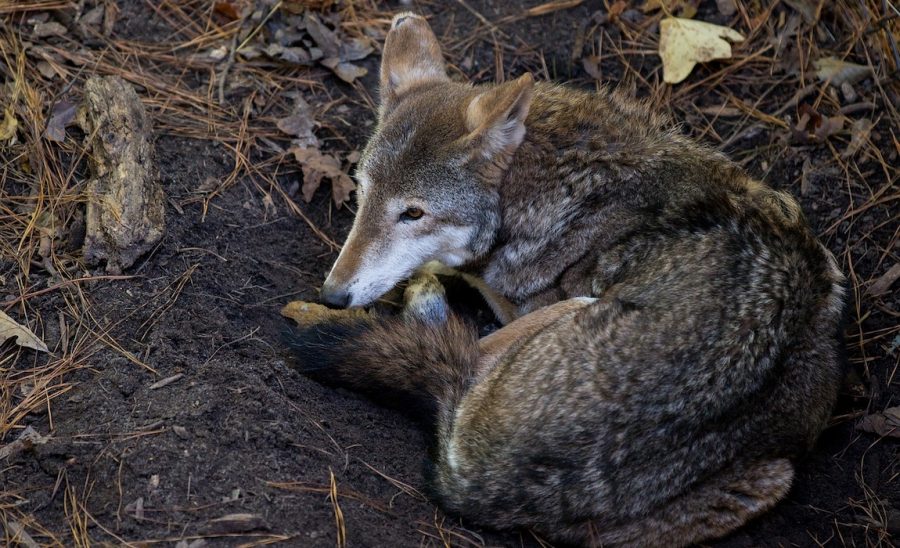


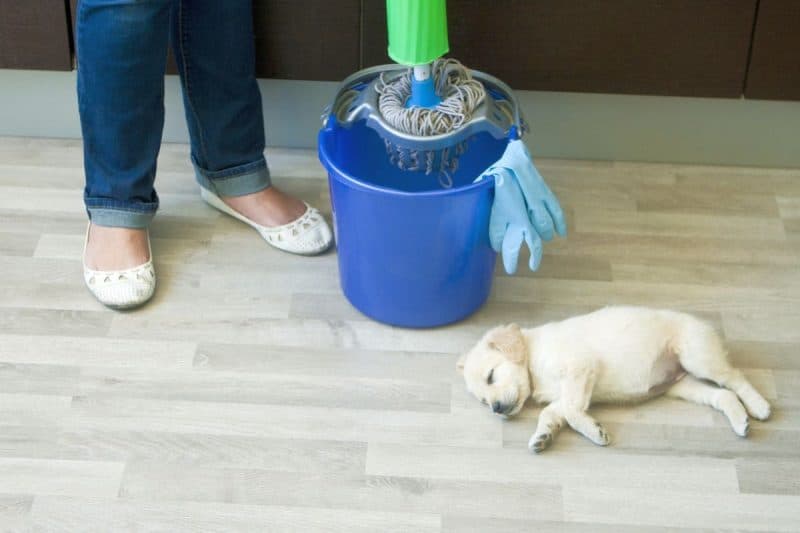
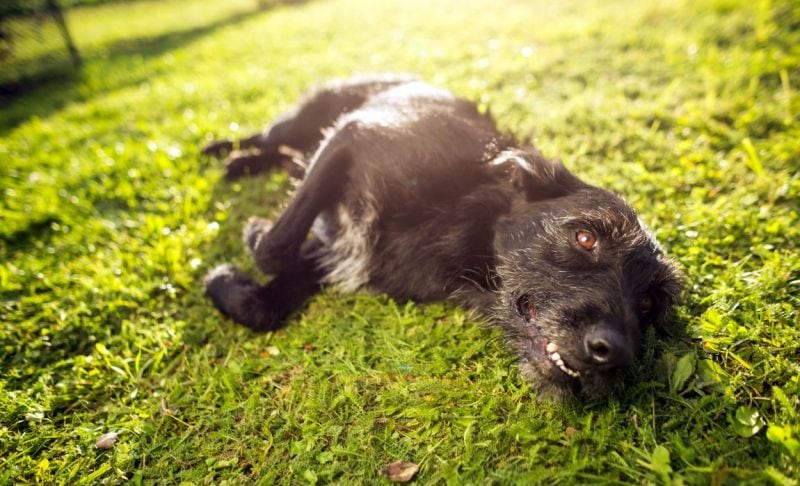
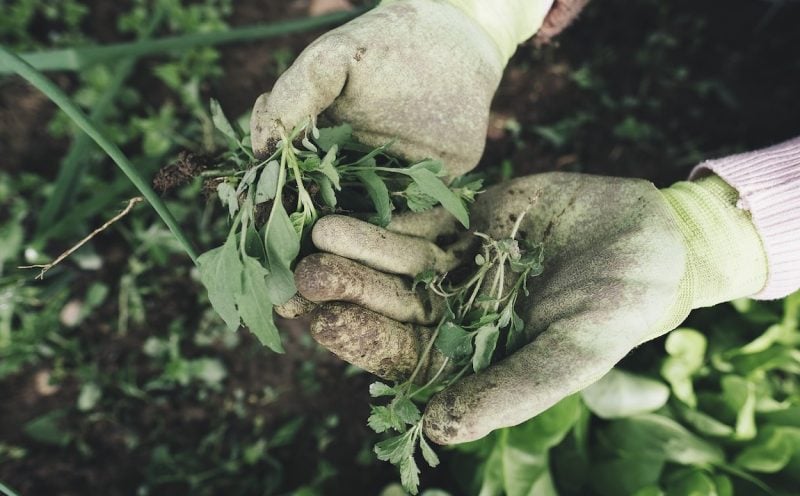
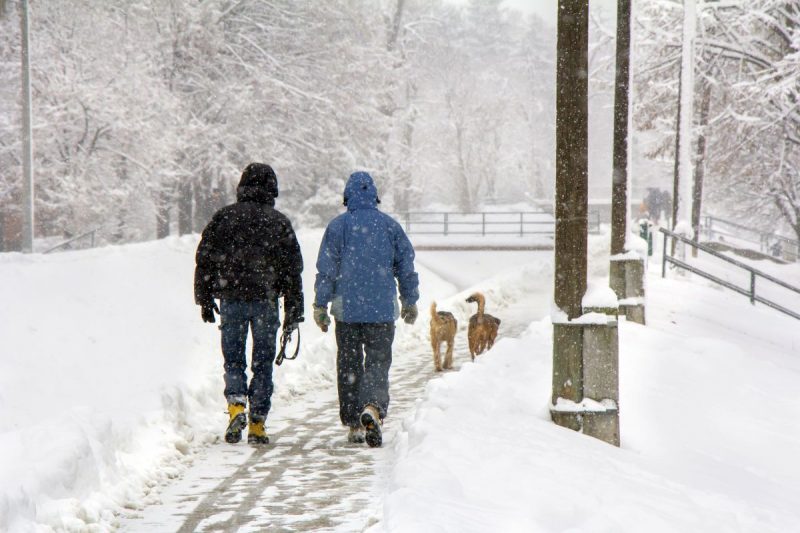
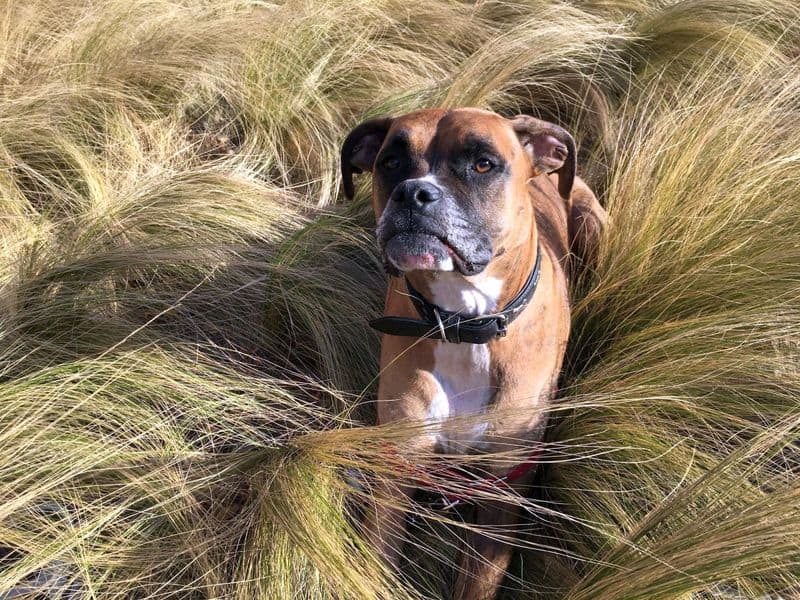
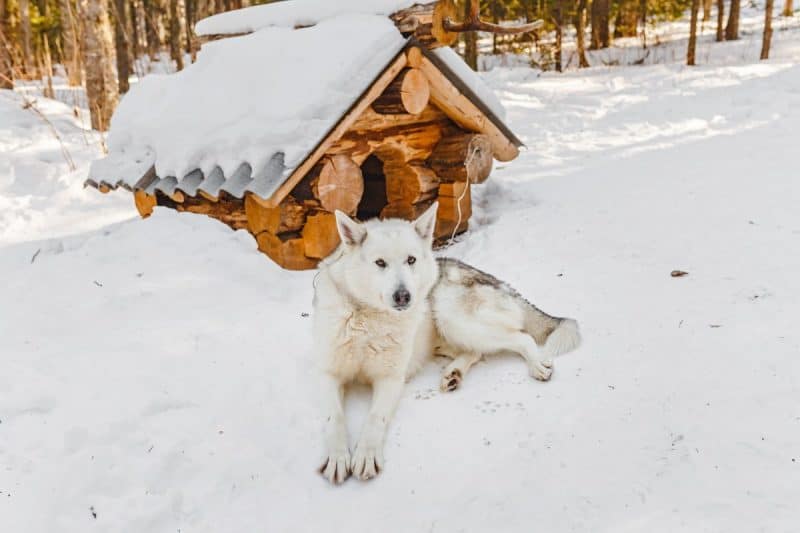

Leave a Comment